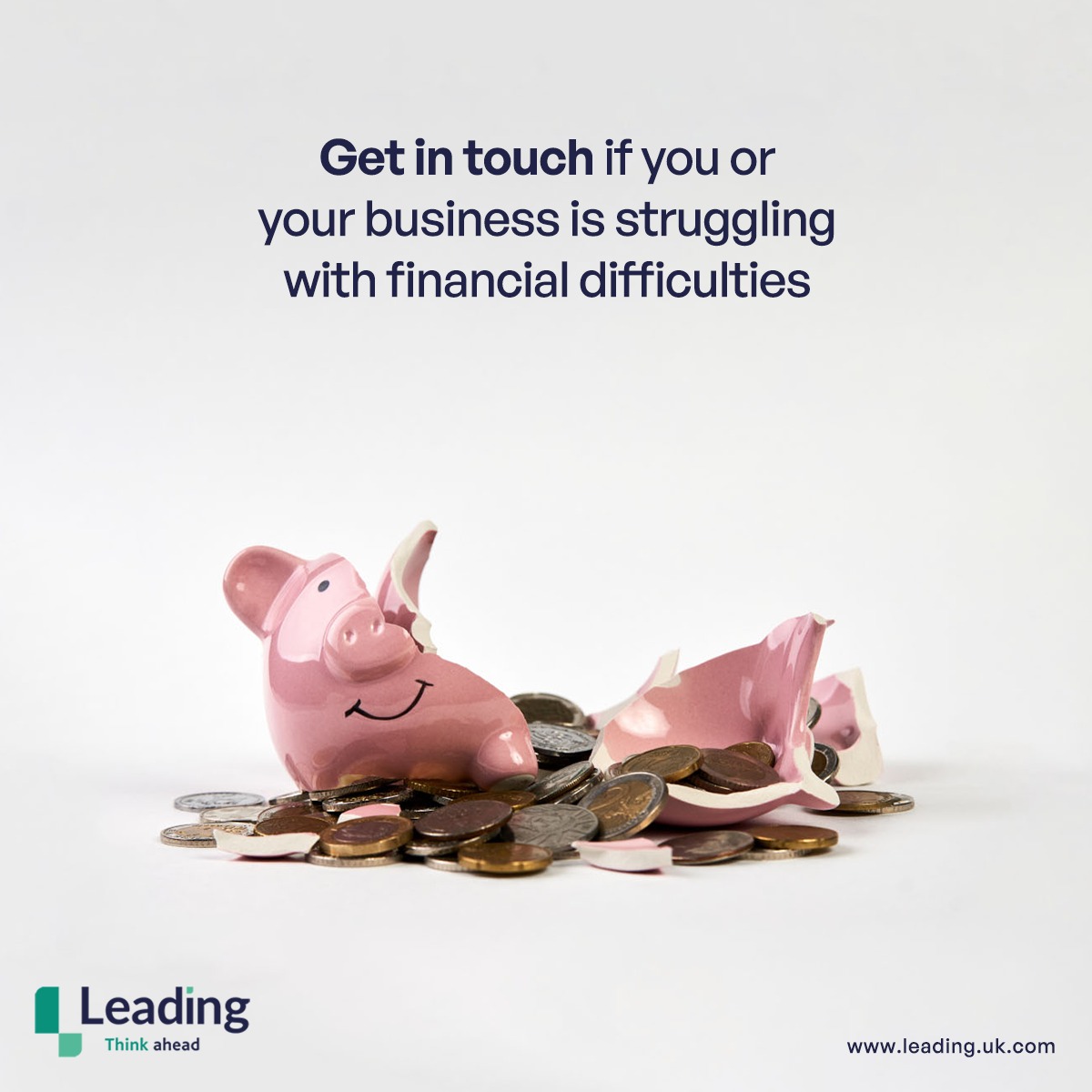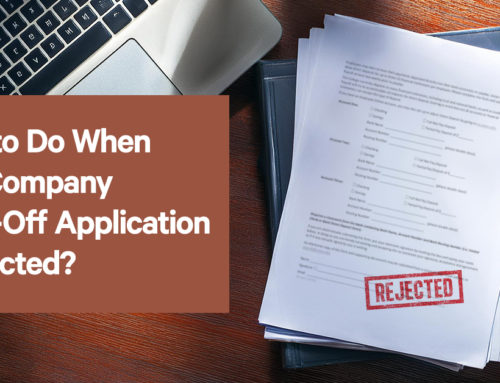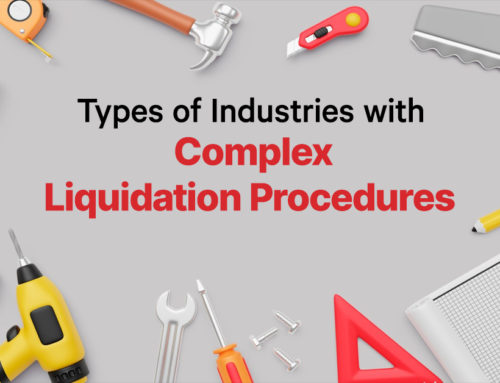If you are personally struggling with debt to the point of insolvency, i.e. your outgoings are much greater than your incoming funds, it may have been suggested to you – or a creditor is forcing the issue – that you enter an Individual Involuntary Arrangement (IVA). An IVA is a legally-binding agreement made between you and your creditors that details how, when and the amount you will be paying back to your creditors. Whilst they are flexible in nature, they also come at a price. The reason for this is that IVAs must be set up by an insolvency or debt management professional. The Individual Voluntary Arrangement cost varies depending on the insolvency practitioner fees, the number of creditors and the level of debt. So, how much does an IVA cost and is it worth it?
What is an Individual Voluntary Arrangement?
An individual voluntary arrangement (IVA) is a formal, legally-binding and agreed arrangement with your creditors to settle all or part of your debts. It must be set up and managed by a licensed Insolvency Practitioner (IP). You pay one regular monthly payment to your IP who then distributes that amount to your creditors in the specified amounts.
Your chosen IP will work with you to assess your level of debt and decide if an IVA is the right choice for you. If so, the IP will formally make a proposal to your creditors on your behalf. If your creditors accept the proposal, any interest or extra charges will cease to be added to your debt. Most IVAs last for 60 months (5 years) and as long as you have made all the payments on time, any debt remaining at the end of the period is written off by the creditors.
Individual Voluntary Arrangement Cost
Because an IVA must legally be set up and managed by a licensed IP (insolvency practitioner), they will charge fees for their services and some may also charge expenses. There are generally two types of fees:
- A nominee fee which is for setting up the IVA.
- A supervisor fee which is the IP’s charge for handling the monthly payment.
The nominee fee is the IP’s cost for preparing the proposal and presenting it to your creditors. This amount will vary depending on the IP you choose – there are no legal or professional guidelines on how much they should charge – but, as an average, be prepared for a cost of between £2,000 and £3,000 for this service.
The supervisor fee is the ongoing cost of managing the IVA, i.e. your payments and its distribution to your creditors, on your behalf. This is usually a percentage of the overall debt owed and is spread evenly across the IVA payments.
Some IPs will also charge expenses which may include system maintenance costs, the registration fee to register the IVA with the Insolvency Service, and the IPs insurance that protects the money you pay into your IVA.
Most IPs will arrange for the nominee fee, which is paid first, and the supervisor fee to be spread evenly across all your payments and deducted prior to distribution to your creditors over the period of the IVA. However, if the court has referred you to an IP to set up an IVA, usually as part of bankruptcy proceedings, there is a fee of £335 to be paid to the IP which is deducted from the deposit paid to the court.
Benefits and drawbacks of an IVA
An individual voluntary arrangement may not be suitable for everyone struggling with personal insolvency. However, should you and your debt management professional or IP agree that it is the best option, there are benefits to an IVA:
- You may just have one monthly payment that is affordable for you and your circumstances, over a set period of time.
- Upon the completion of the IVA, any remaining debt is written off, as long as all the payments have been made on time.
- Once creditors have agreed to your IVA, they are not allowed to take any further action in recovering their debt. In addition, all interest and other charges are stopped.
- The cost of the IVA is deducted from your monthly payment over the agreed period of the IVA.
- Your financial circumstances will be reviewed on an annual basis to ensure the payments continue to be affordable.
However, there are also drawbacks to entering an IVA with your creditors
- Your creditors are entitled to refuse your IVA proposal.
- Entering an IVA has a serious impact on your credit file and rating.
- Your information is held on a public insolvency register.
- If you own a property or properties that is not your main home, or any other assets of substantial value, such as a car, artwork or jewellery, you may be required to either sell or remortgage the property to raise funds towards paying off the debt. In some cases, if re-mortgage is not an option or the interest rate is much higher and it is your main home, it may be possible to extend the IVA by 12 months (one year) but only if your creditors agree.
- If you miss any payments or do not pay the full amount each month, you risk defaulting on your IVA and could lead to bankruptcy.
- If you earn more than one income, both incomes will be taken into consideration.
- Only unsecured debt can be included in an individual voluntary arrangement and any debt remaining at the end of the period that was not included remains outstanding.
- You will not be able to borrow money over the sum of £500 (if a lender is prepared to approve an application) without the permission of your IP.
- There are substantial costs involved when setting up an IVA, which are deducted from your monthly payments.
Before you enter an individual voluntary arrangement, make sure it is the right option for you in managing your debts.
If you are struggling with personal debt and unsure what the right route is to deal with your creditors, the first step is to seek professional advice. Our highly experienced professionals at Leading are on hand to help with advice on managing personal and professional insolvency matters. Contact us today and discover how we can help you.






